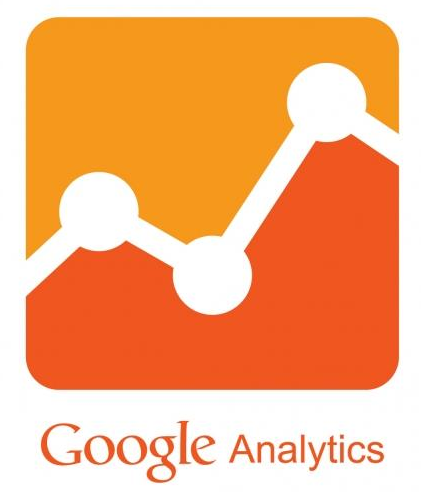Being a student majoring in Business Technology Management, I have heard of Google Analytics far too many times not to know exactly what it does and I cannot contain my amazement of the capabilities of this web monitoring tool.
Registering for Google Analytics is as easy as snapping your fingers. What’s better? It’s free too! All you need is an email account registered with Google and it generates a couple of .php codes for you to insert into each page of your webpage. If your website is run by WordPress, then all you need to do is embed the code in the dashboard once and you’re set!
So what does Google Analytics do? Besides being able to track the total number of hits, referrals and visits like most proprietary analytics dashboards do, Google Analytics can even tell you the amount of time each visitor spends on a particular page, where he entered from and from which page did the visitor leave your website. By simply monitoring this alone, a webmaster or social media marketer could infer from this data about consumer preferences by studying their online behaviour at the designated site. To an eMarketer, this tool provides the ability to conduct A/B testing on websites by creating different items on different pages before running tests to see which page drives traffic.
However, in return for giving you a free but powerful web tool, Google collects the data generated from your website and millions of other websites that run Google Analytics. This process generates billions and billions of consumer information also known as Big Data. This data is then processed on a large scale to become useful information which can then be sold to other enterprises for a decent sum of money.
In a nutshell, Information drives business. Google Analytics generates and processes the data for us, albeit at the cost of some privacy which I am willing to forgo. No wonder they call Google the King of Data.

